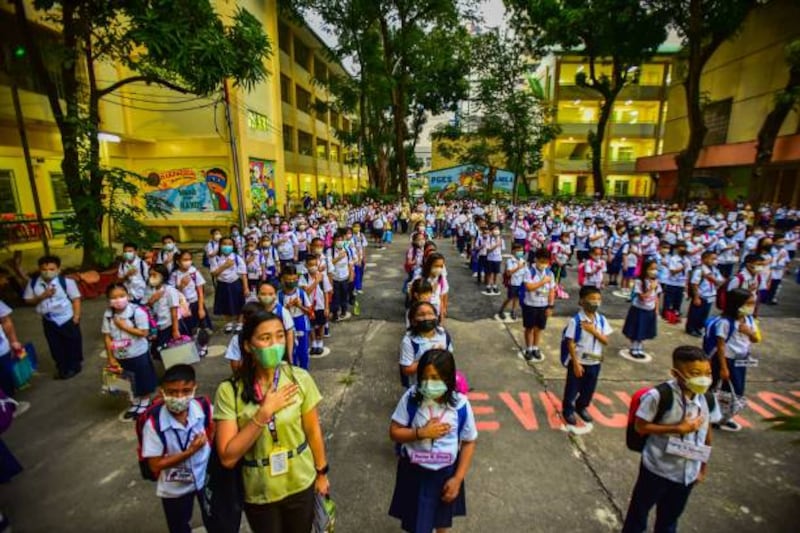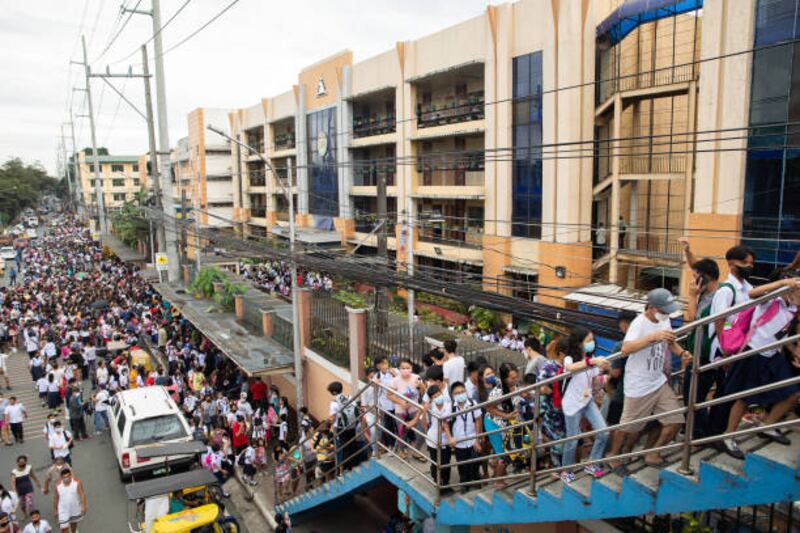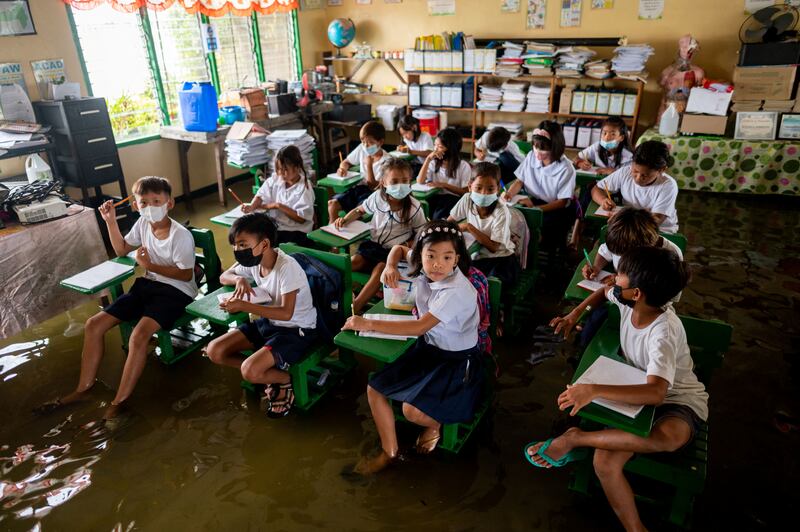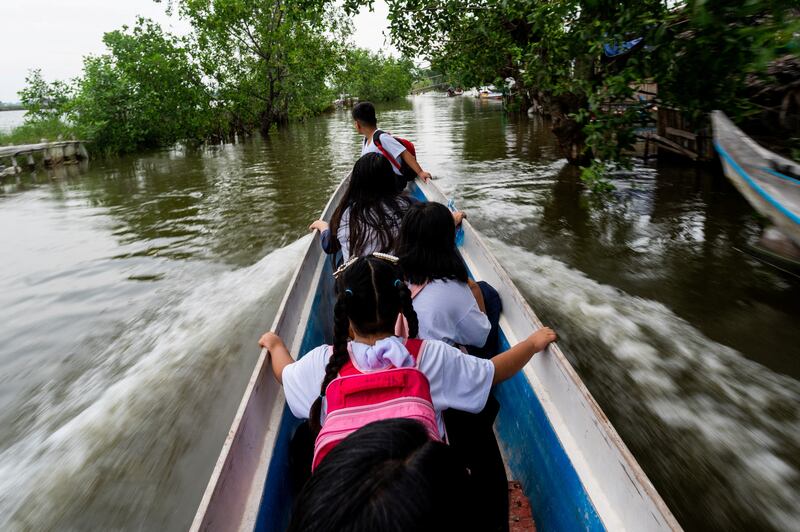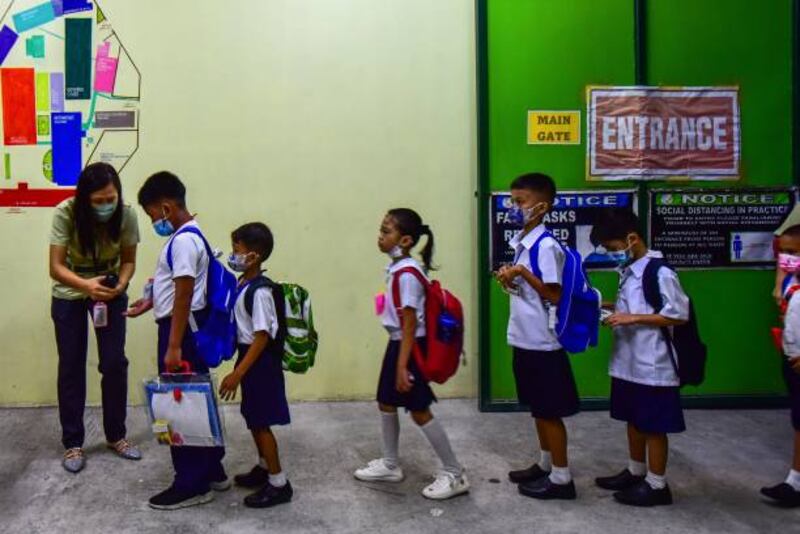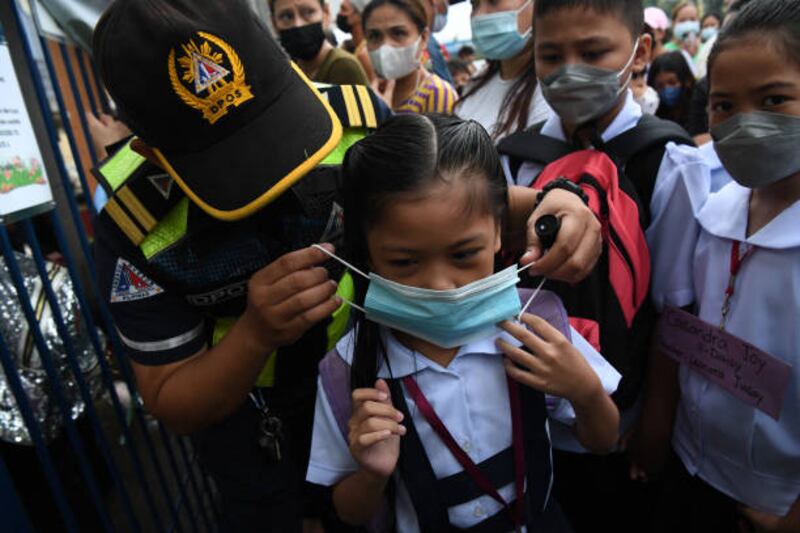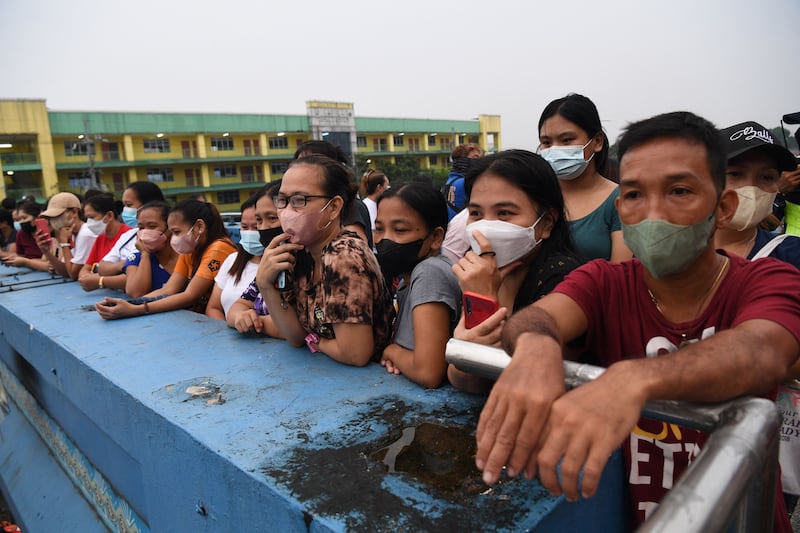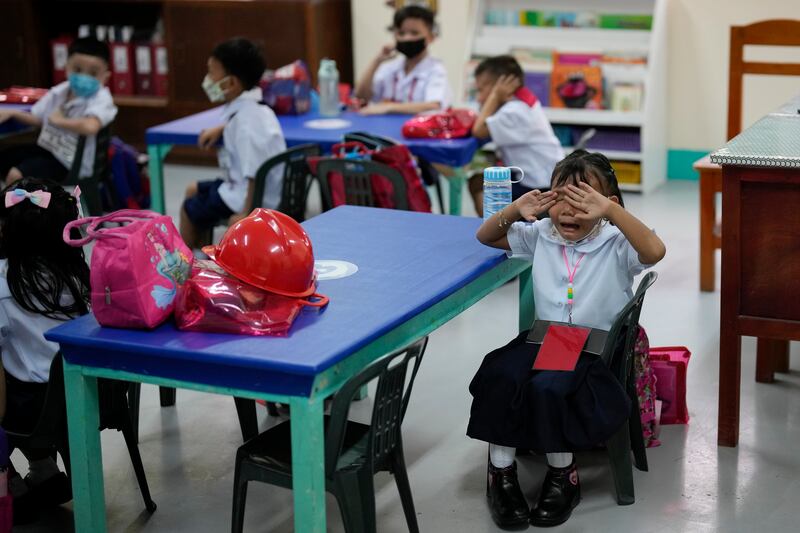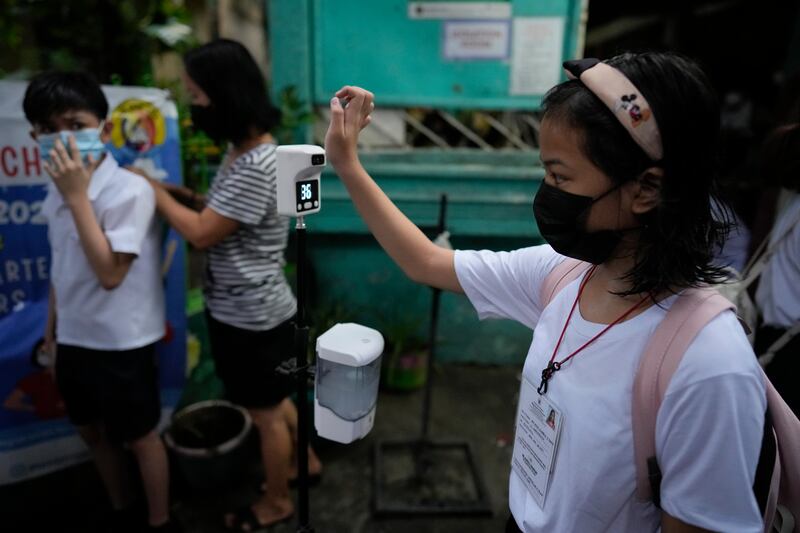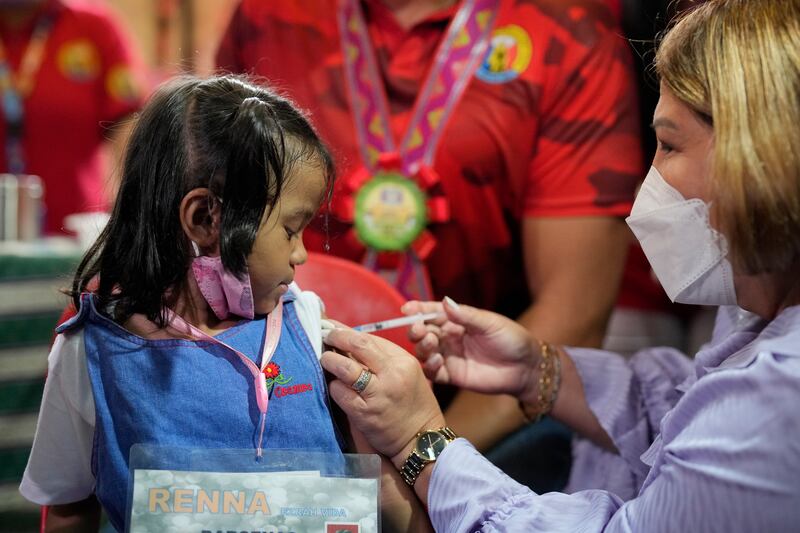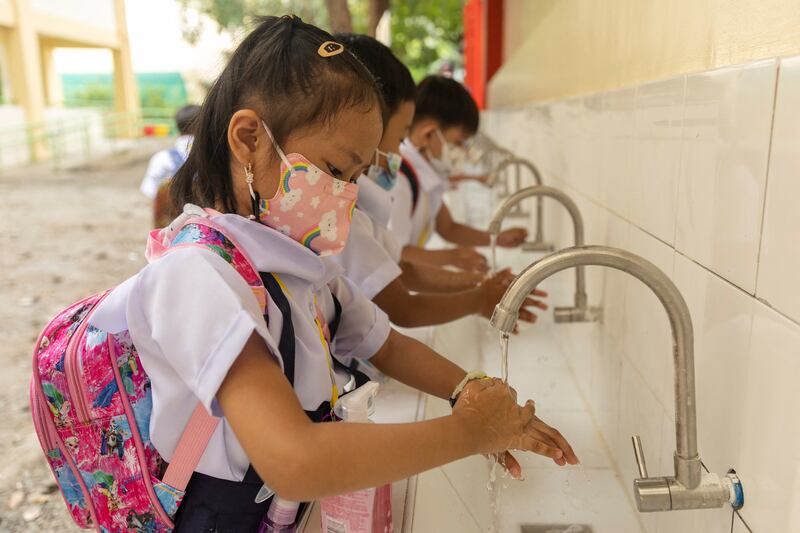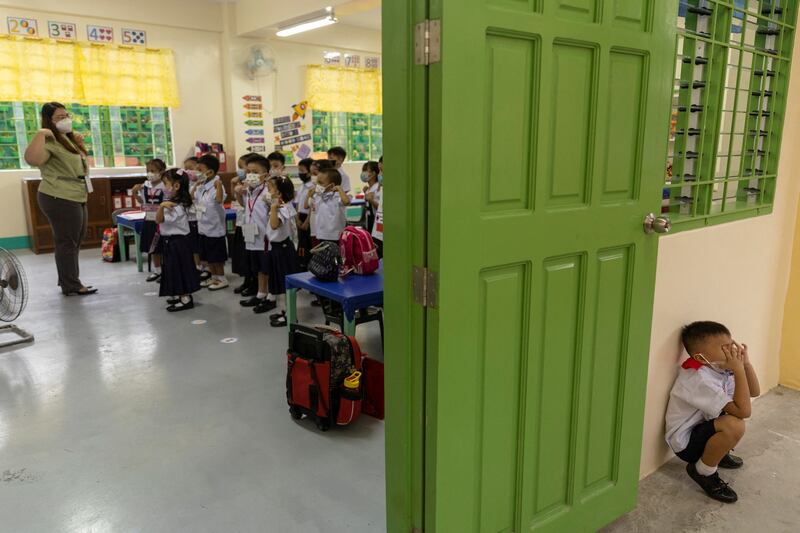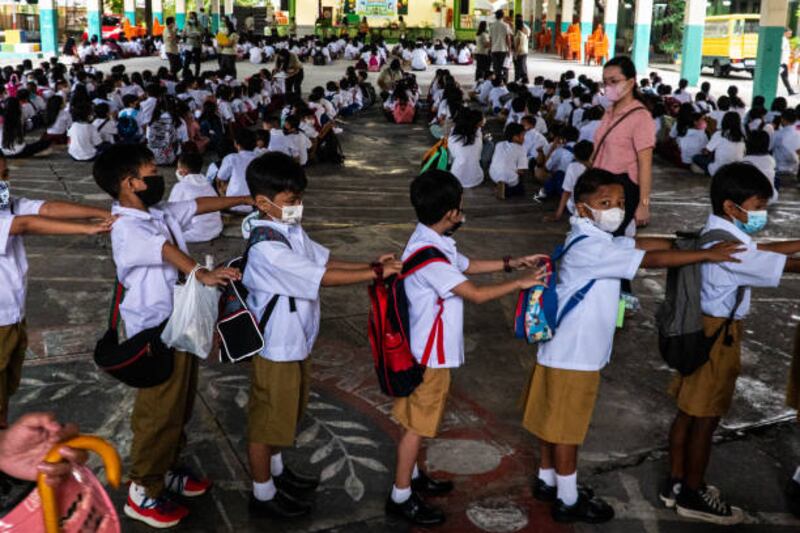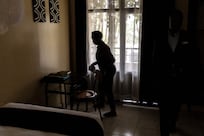Millions of pupils wearing face masks returned to classrooms in the Philippines on Monday as primary and secondary schools reopened for the first time in two years since Covid-19 forced them to close.
Schools were set to welcome back nearly 28 million pupils in a country with one of the world’s lowest literacy rates among children. It is now feared two years of coronavirus lockdowns have made the problem worse.
Officials were facing issues including classroom shortages and Covid-19 fears, as well as an approaching storm and earthquake-damaged buildings in the country’s north.
Public and private schools are required to bring all pupils back to classrooms by November 2, education officials said.
Less than 24,000 of the nation’s public schools, or about 46 per cent, were able to open in-person classes five times a week starting on Monday. Some opted for a mix of in-person and online classes until the deadline.
About 1,000 schools will be unable to move to face-to-face classes due to a variety of reasons, including the powerful earthquake last month, officials said.
The Department of Education said some schools would have to split classes up to three shifts a day due to classroom shortages, a longstanding problem, and to avoid overcrowding that could turn schools into centres of coronavirus outbreaks.
“We always say that our goal is a maximum of two shifts only but there will be areas that would have to resort to three shifts because they’re really overcrowded,” said education department spokesman Michael Poa on Friday.
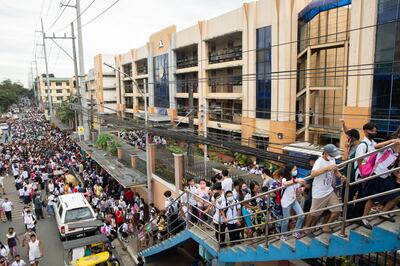
Despite concerns, education officials gave assurances that it’s “all systems go” for Monday’s resumption of classes,
The prolonged school closures sparked fears that literacy rates among Filipino children — which were already at alarming levels before the pandemic — could worsen.
A World Bank study last year showed that about nine out of 10 children in the Philippines were suffering from “learning poverty”, or by age 10 were unable to read and understand a simple story.
“Prolonged school closures, poor health risk mitigation, and household-income shocks had the biggest impact on learning poverty, resulting in many children in the Philippines failing to read and understand a simple text by age 10,” Unicef Philippines said in a statement.
“Vulnerable children such as children with disabilities, children living in geographically isolated and disadvantaged areas, and children living in disaster and conflict zones fare far worse,” the UN agency for children said.
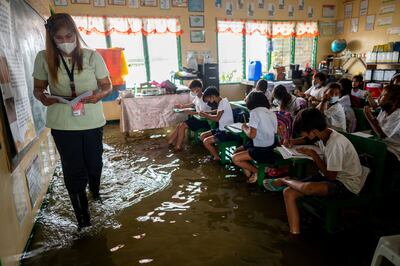
Mr Poa said 325 temporary “learning spaces” were being constructed in northern Abra province and outlying regions to replace school buildings battered by a powerful July 27 quake.
Education officials also scrambled to help more than 28,000 students look for new schools after at least 425 private schools closed permanently since the pandemic’s arrival in 2020, mainly due to financial losses. About 10,000 of the students have been enrolled in public schools, he said.
Poverty has also been a key hindrance to education. Crowds mobbed the Department of Social Welfare and Development offices on Saturday to claim cash aid for indigent students, injuring at least 26 people who were pinned on entrance gates, and prompting its top official to go on TV to appeal for order.
